How to Can Tomatoes: Adding Lemon Juice and Other Adaptations.
This page may contain affiliate links. More Information.
How to Can Tomatoes the way want to. Information on adding lemon juice or other acidification, safe adaptations, seasonings, canning methods and more.
Tomatoes can be canned in either a water bath or a pressure canner. You’ll first peel the tomato, add it to the jars, or add other ingredients. Process and store on the shelf. Learn about safety measures, acidifying by adding lemon juice, safe adaptations and create your own jars that fit your families pantry.
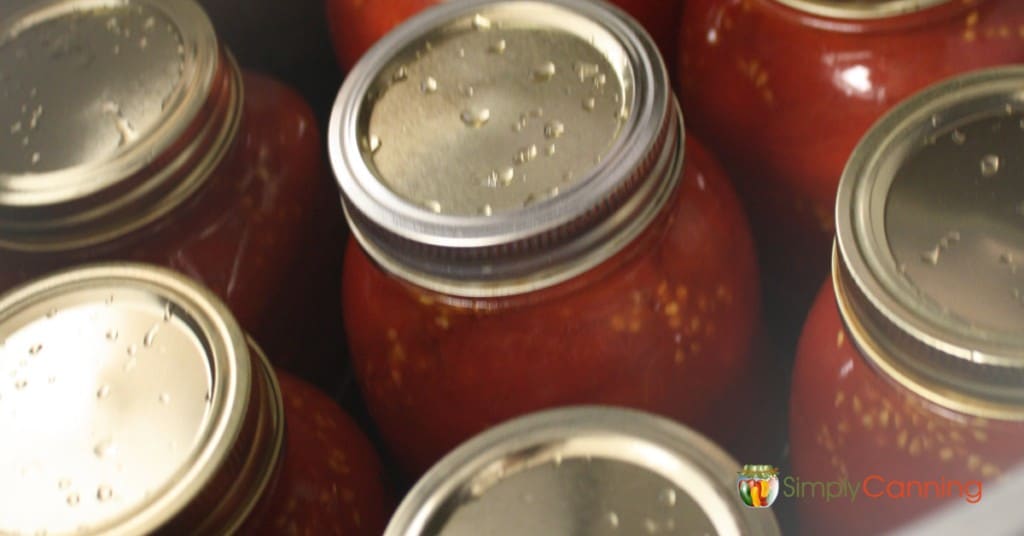
Home canning offers a practical way to preserve them for all year round. A staple of my pantry, home canned tomatoes can be transformed into dishes like nourishing soups, hearty stews, and zesty chilis.
Can you water bath tomatoes?
Yes absolutely you can process tomatoes in a water bath canner, depending on the recipe and ingredients. There are many recipes available depending on if you want to hot pack, raw pack, can it plain, as a salsa. Many variations. Keep in mind that all of them have some sort of acidification. This can be done with lemon juice, vinegar or citric acid. Lemon juice is my go to method for acidifying tomatoes.
Do you have to add lemon juice when canning tomatoes?
It’s now recommended that you acidify the jars a bit. Usually this is with lemon juice by there are other options. Whether you are doing a water bath, or canning in a pressure canner. All the testing available was done from an acidified product.
Tomatoes are very close to the safety borderline for ph levels. Acidifying gives them a boost to raise the acidification.
I’ll repeat, all the testing is done for acidified tomatoes. Even the pressure canning directions have been established for acidified tomatoes. If you change the process the testing does not apply. It’s easy enough to do.

All sources now have the consistent recommendation of acidifying for both water bath and pressure canning.
How to acidify home canned tomatoes
There are 3 ways to acidify, with bottled lemon juice, citric acid or vinegar. The ingredient you choose will be added directly to each jar before you put in the tomatoes. My preference is bottled lemon juice.
It is important that you use bottled commercial lemon juice not fresh squeezed. The bottled variety has a known acidity level and will be consistent in each jar.
Let’s talk about vinegar. While you can use vinegar to acidify your jars, need to add a substantial amount to each jar. In my opinion, using vinegar can impact the taste of the tomatoes. I don’t recommend it. It might work well if you know you will be using the tomatoes in a later recipe where the vinegar’s taste complements the dish.
Citric acid is a granule that you can buy most places that sell canning supplies. Just follow the instructions on the label. It is a very small amount added to each jar. About 1/8-1/4 tsp.
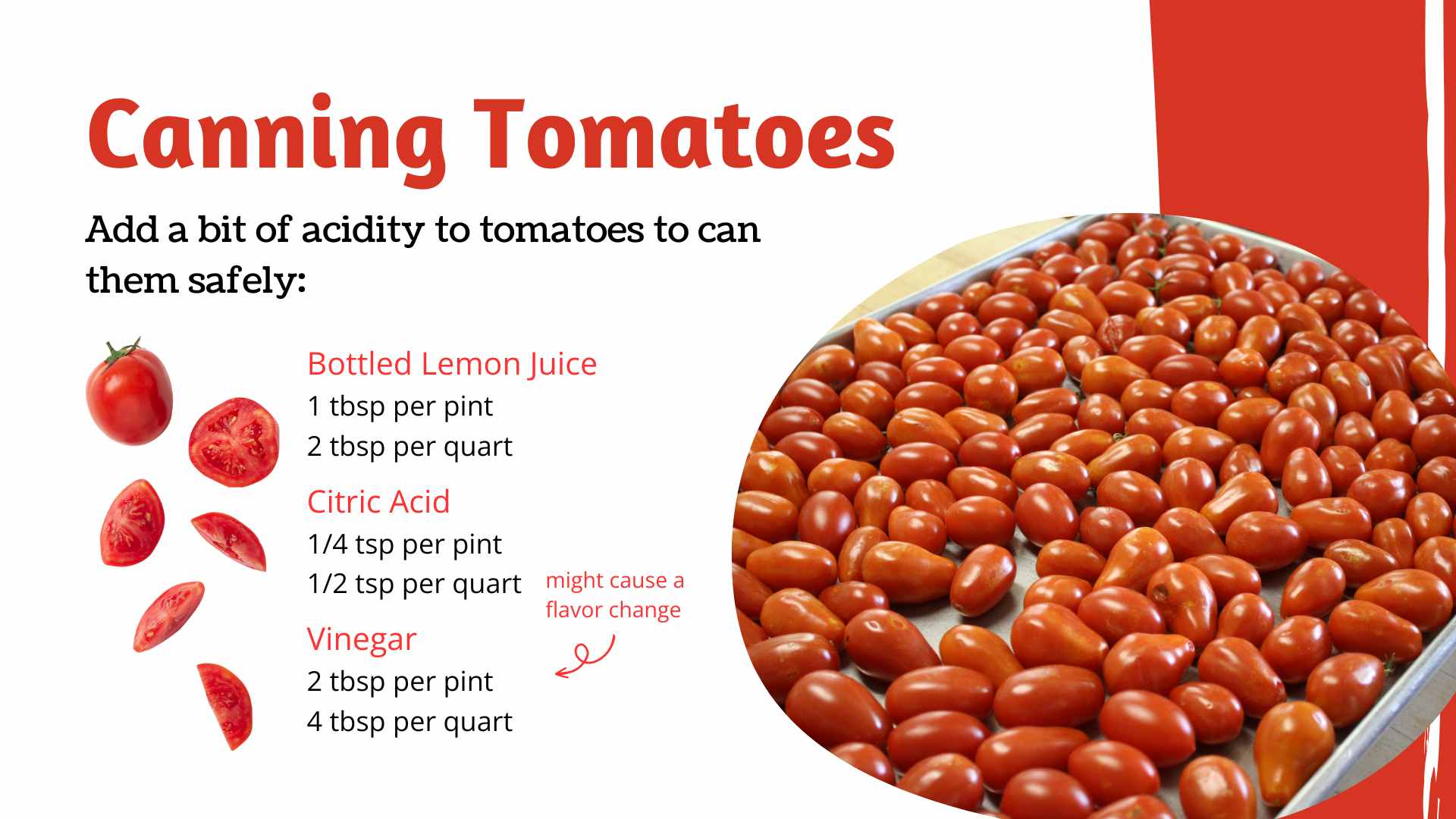
How much lemon juice?
- 1 Tablespoon lemon juice to pint
- 2 Tablespoons lemon juice to quarts
How much citric acid?
- Citric Acid is a small white granule. Use according to directions on the package. Very small amounts 1/8 to 1/4 tsp.
How much vinegar?
- 2 Tablespoons vinegar to pints
- 4 Tablespoons of vinegar to quarts
Can I can tomatoes without salt?
Yes, the good news is that although lemon juice is required. Salt is optional. It is for flavor only and can be safely left out. I do recommend adding some salt. Generally you’ll add 1 tsp per pint, 2 tsp salt per quart. But, if you need to lower your sodium intake you can adjust that.
Pay attention to how the jars are packed and water content.
I prefer to can my tomatoes in its own juice with no added water. If you raw pack you just press down on the tomatoes in the jar squeezing the juices a bit. This fills the jar with the liquid.
There are some canning methods available that have you just place your tomatoes in the jar and add boiling water. You’ll process these differently than if you have just tomatoes in its own juices.
I do not use this method. I prefer to keep just tomatoes in the jar.
Do not thicken your sauce.
If you are making homemade tomato sauce, spaghetti sauce or other recipe you should not add any thickeners. No flour, no cornstarch. These will make the product unsafe for storage on the shelf.
There will be a cook down time to thicken the sauce. If you really want to thicken it up with something else, do it later when you open the jar to use it.
My example is spaghetti sauce. It took me many tries to find a recipe that my family loved. I’d adjust seasonings and it was never quite right. I questioned them to see what I might change… it turns out it was the texture! Store purchased spaghetti sauce is thicker.
So what I do now is add a bit of flour or powdered tomato to my sauce when I serve it. It worked. They are satisfied now and the sauce sticks to the noodles better.
Safe Adaptations for canning tomatoes.
You can add dried seasonings. Dried oregano, basil, garlic powder, onion powder. Some of these seasonings can get really strong in the jar. Sage is one that is notorious for too strong a taste. So go light.
You should not add fresh herbs, onions or garlic unless the recipe calls for it.
Added vegetables,
Recipes like homemade soups, stewed tomatoes or spaghetti sauce include vegetables and sometimes meat. These must be canned in a pressure canner. Those added veggies make the acidity levels unsafe for a water bath.
Caveats! There are some recipes available that are tested for safety in the water bath even with the added vegetables. (Not meat) It’s all about the source and the testing. If you’ve got a recipe from an extension website or from a ball book for instance that recipe is likely fine. Don’t take anyones word for it. Check the source of where THEY got the recipe. I provide the source for all my recipes. (If I’ve missed any let me know!)
Salsa
Home canned salsa has vegetables, does it have to be processed in a pressure canner? No, a tested recipe for salsa is ok for the water bath because it has the added acid usually in the form of vinegar. This added acid makes it ok for a water bath.
Note, I said tested. You should not just try to make it up if you’re going to store it on the shelf. You may have a favorite that has been handed down. The problem is, that the variations of veggies, tomatoes, and acids are not consistent.
It is the ratio of tomatoes, vegetables and vinegar that makes the difference. What I suggest is that you find a tested recipe close to what you like and adapt the seasonings to develop the flavor of your favorite.
It might not be exact but it’ll be close, and it won’t spoil on the shelf.
Or just make your salsa and freeze it instead.
Overview; Canning Tomatoes
Here are some basic steps to canning tomatoes as a raw pack. I’ve got detailed instructions on this post about canning tomatoes raw pack pressure or water bath canning. There are many details that are covered in this article with a printable recipe checklist, full processing instruction and processing time. A general overview is as follows.
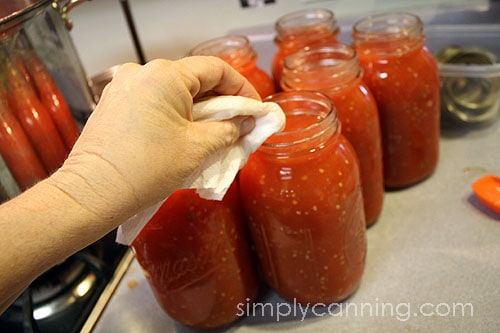
Prepare your canning equipment.
- Wash and peel tomatoes by blanching.
- Cut peeled tomatoes in half or quarters depending on size. Small tomatoes can be left whole.
- As you work add your tomatoes directly to each jar pressing down to fill the space with juices. Adding acidification and salt to each jar first is the most efficient and easiest way to pack.
- Add acidification to the jar. Lemon juice, citric acid are two good options.
- Add salt to jars if desired.
- Pack tomatoes into jar, pressing down to fill space with juice.
- Leave 1/2” headspace. This is the space between the food and the lid.
- Remove air bubbles, wipe the rim clean, and place seal and ring. Place jar in the warm canner. Proceed to fill all jars. Process according to either pressure canner or water bath canning directions.
A list of Options
A complete list of tomato related articles and canning methods can be found here.
Pressure Canning Tomatoes & Canning the “Old” Ways
Here is a question I received in my inbox related to how to can tomatoes. It is in regards to pressure canning and preserving tomatoes with methods taught by relatives who have been doing things the “old” way for many years. This is always a hard situation. You don’t want to offend your well-meaning friend or relative…but, I don’t suggest you just go along with them either.
Dear Sharon. I love your site! My mother-in-law, who is 85 has been canning all her life. — This is the first year ever they have not had a garden. I have been buying fresh produce and taking it to her this summer. She has taught me how to can tomatoes and green beans in a pressure canner. I have a couple of questions for you. She has been canning tomatoes in pints for ever, processing at 5lbs for 10 mins, their elevation is about 1400 ft above sea level.
Our home is about 1200 ft above sea level; I have done 21 pts. Everything is sealed and everything is beautiful. The question is: Are they safe? Should I reprocess them? Most were done this weekend. Maybe I am just reading too many opinions; we have been eating them this way for years.Thanks so much for your time – GREAT SITE!!!!
~ Bobby, VA
Bobby,
Thanks so much for your positive comments on my site. You made my day!As far as your MIL’s canning procedures, five pounds is not enough pressure, and 10 minutes is not long enough. New testing has changed what is recommended. Tomatoes need to be pressure canned for longer than your MIL suggests.
You said you have been eating them that way for years with no problems…so I can understand wondering what all the fuss is about. This is one of those personal decisions. I can only suggest sticking with the current recommendations for how to can tomatoes. You may have seen this already, but I wrote about unsafe or outdated canning methods. You could also check with your local extension service.
Again, I want to thank you for your excitement over my site. I have enjoyed building it and am glad some are finding it useful. You are a sweetie for bringing your MIL fresh produce. I’ll bet she misses having a garden and appreciates your thoughtfulness too.
Sharon
Do You Have to Cook Tomatoes Before Canning?
This depends on what canning instructions you’re using. Many tomato recipes do require cooking the tomatoes first, but there’s also the option to raw pack tomatoes.
Do You Have to Add Salt When Canning Tomatoes?
Salt is optional, though suggested for flavor. It isn’t a safety consideration like acid, so may be safely omitted if desired.
What Happens If You Forget to Put Lemon Juice in Canned Tomatoes?
If it’s been over 24 hours, it has not been processed to instructions. There is a risk associated with that. You’ll have to decide what you are comfortable with. My recommendation is to consider it a learning opportunity. And remember next time!
What About Canning Salsa?
Many folks have a favorite salsa recipe that they would love to preserve by home canning. They may have a recipe handed down from past generations or one that comes directly from friends or relatives.
Please keep in mind what I discussed earlier about acidity levels and home canning safety. If you want to store your homemade salsa on the shelf, you really should use a tested recipe to get a ratio of ingredients that is safe for processing and shelf storage.
Related Pages
Before you start canning, here are 3 things you should know about home canning tomatoes. Get the tips in this video!
Freezing tomatoes can be as straightforward or as complicated as you want it to be. With or without skin, cut or whole, SimplyCanning.com covers it all with a ‘how to’ video included.
Dehydrating tomatoes in a food dehydrator instructions are available on this page. It is best to use a meaty style tomato like a Roma.
Pin This to Find Later:
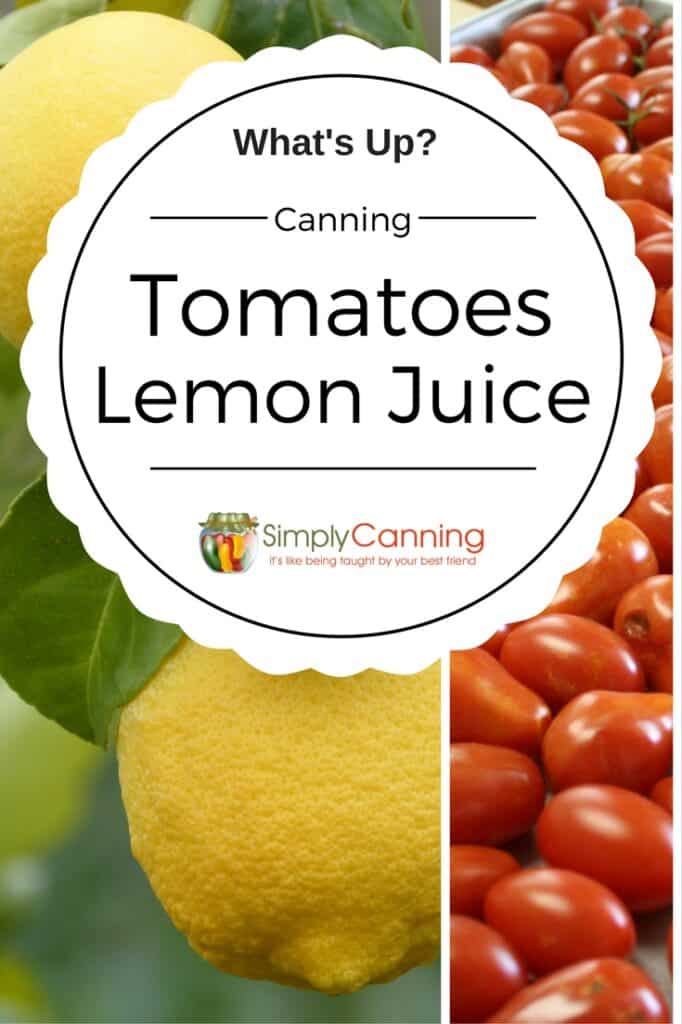
Page last updated: 10/29/2021

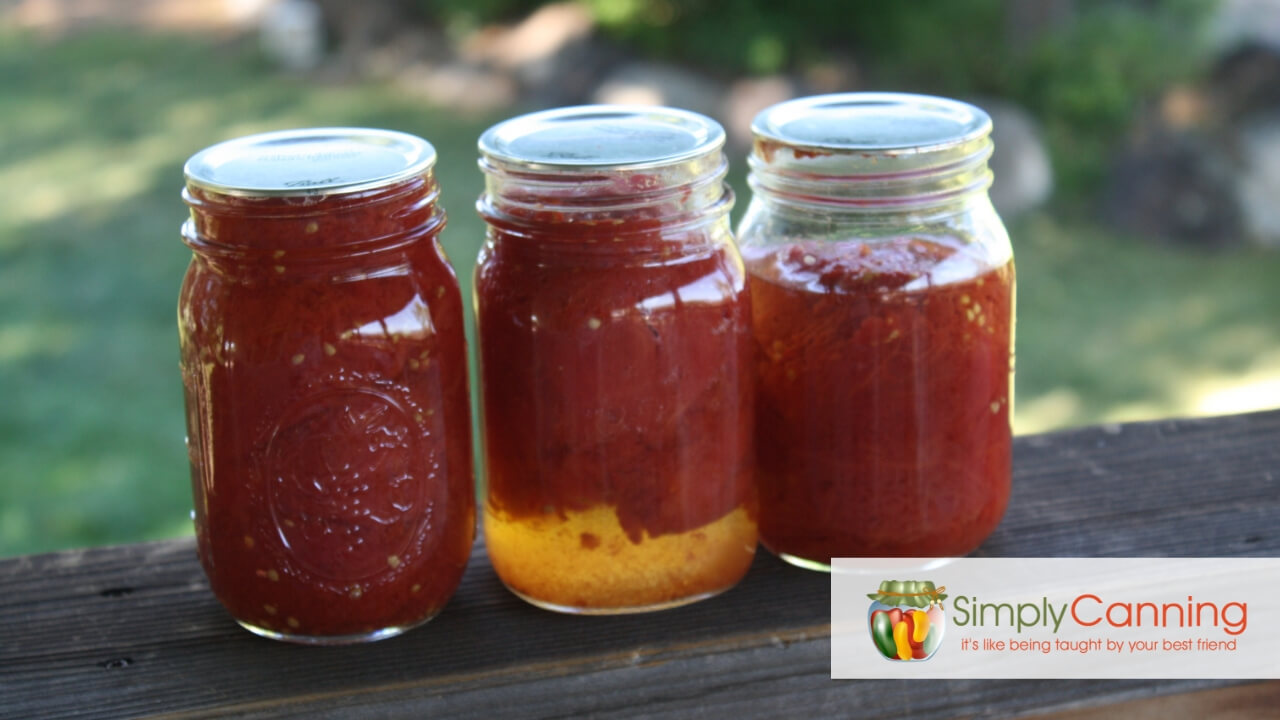
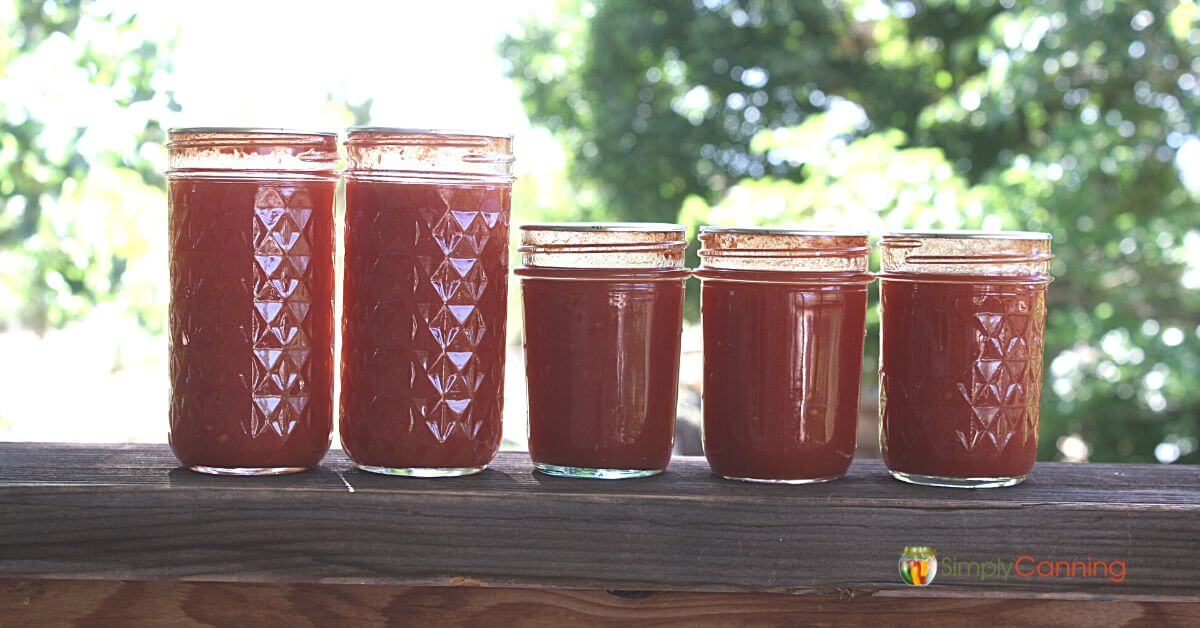
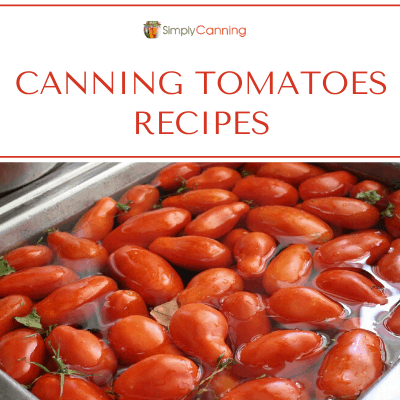
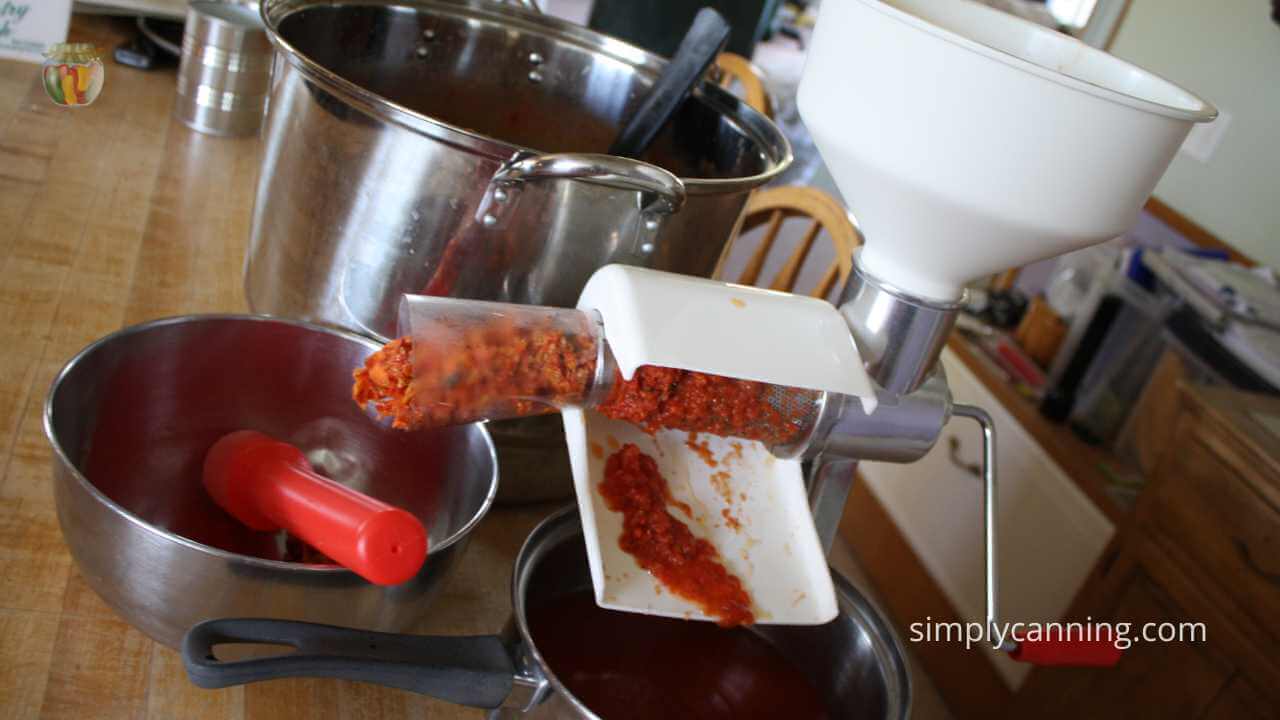
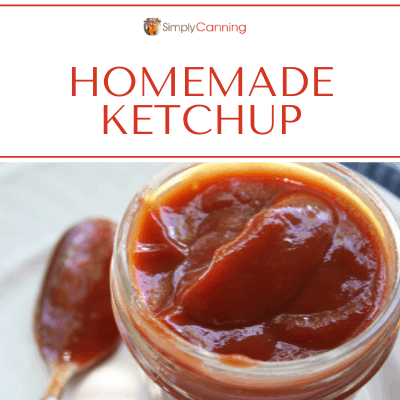
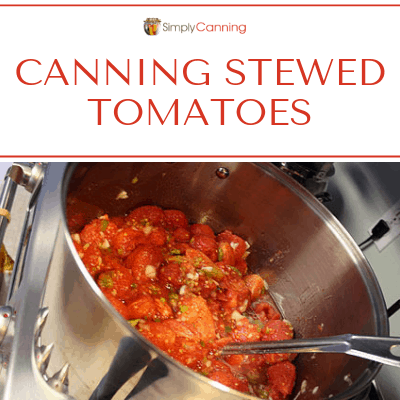
I’m a wife, grandma, great grandma, ,canner, Cosmetologist, seamstress, and gardener.
Love your site. You are my go to lady for canner.